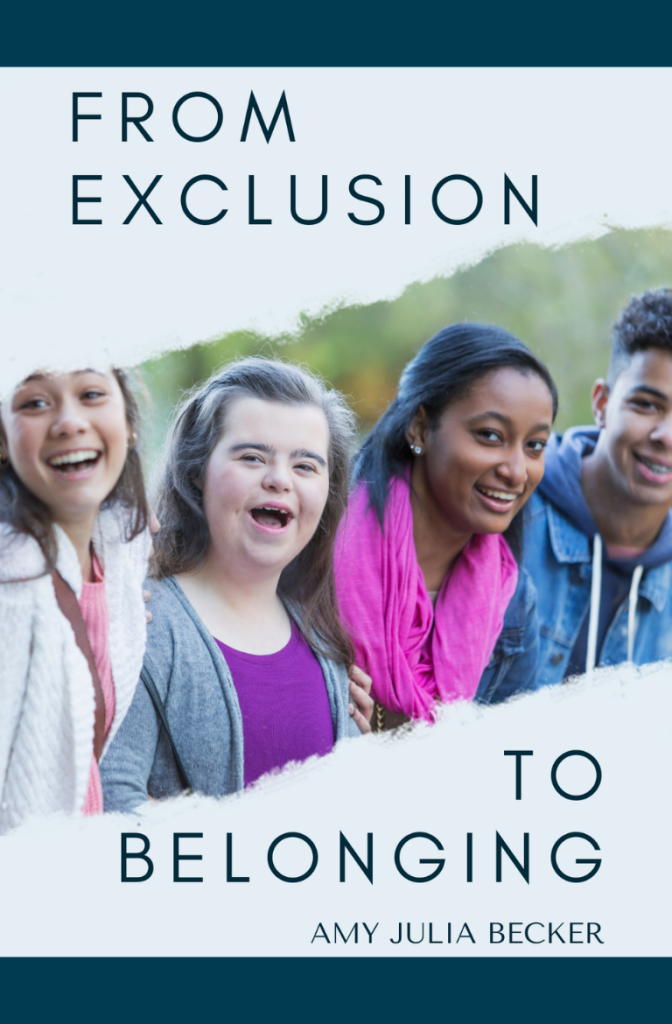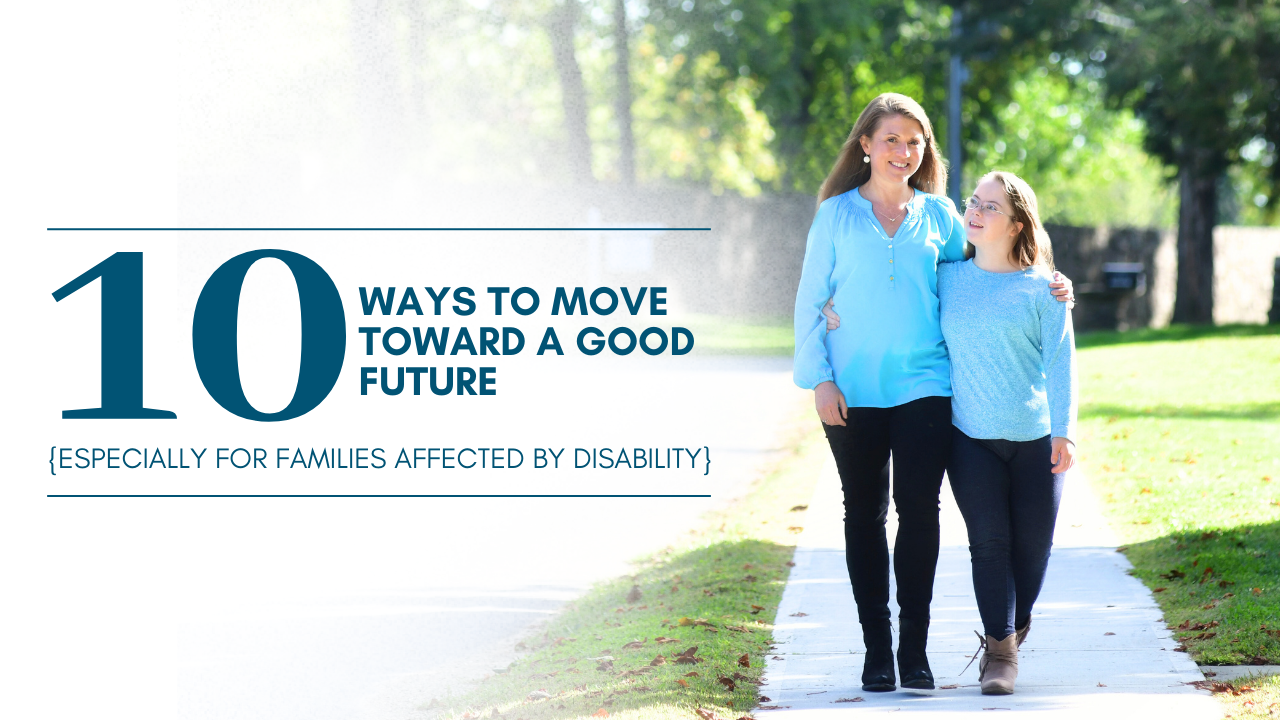
Societies have drawn dividing lines throughout all of human history that demonstrate who is “in” and who is “out.” In Western culture, we’ve seen those lines through the history of racial categorization, beginning with what was then a new concept in the 1600s of “black” and “white” people. We’ve also seen those lines drawn when it comes to gender, ability, ethnicity, and religion.
The Christian understanding of humanity, however, insists that these social divisions are unjust and harmful, and that following God’s way of love means being ministers of healing and reconciliation. When the Christian Scriptures were written, Jewish people were socially divided from Gentiles (anyone who wasn’t Jewish), men were divided from women, slaves were divided from free people, and different ethnic groups were also divided from one another. Paul writes in multiple places about the ways in which all people are invited into the family of God. “The mystery of Christ,” Paul writes, “is that through the gospel the Gentiles are heirs together with Israel.”
In other words, because of the work Jesus did to reconcile humanity to God, to restore human beings to their original status as creatures in the image of God, everyone is included. The dividing social walls are eradicated. The family of God is not just for Jewish people, but for Gentiles as well. This is the big, good news.
It was hard for people to understand this news 2,000 years ago. It’s hard for us now. We still erect social walls and our churches still reflect social divisions. And I don’t pretend to be someone who has figured it all out.
That said, when our daughter Penny was diagnosed with Down syndrome thirteen years ago, I began a process of wrestling with what it means to be human. I had an internal categorization system that excluded my daughter from my understanding of full humanity, and I was pretty sure it was my system that was wrong and not my daughter. So I began to learn more about what it means to be human from a theological perspective. Over time, understanding Penny’s full humanity meant better understanding my own and that of everyone around me.
So if you would like to think more about what it means to be human, what it means to express diversity within our common humanity, what it means to understand yourself and others as both vulnerable and beloved, needy and gifted, broken and beautiful, I wanted to offer four books that have helped me:
Becoming Human by Jean Vanier. Vanier is the founder of L’Arche, a worldwide movement of people with intellectual disabilities living in community with typical people. Vanier’s understanding of the humanity that can emerge in the context of vulnerability and mutual giving and receiving has deeply shaped my understanding of exactly the title of this book, the invitation to become human.
Strong and Weak by Andy Crouch. This book does not deal directly with social divisions, but Andy’s understanding of the conditions under which human beings flourish–authority plus vulnerability–is both a challenge and a source of hope for me. He offers a simple grid and very easy to understand but profound insights into who we are and who we can become.
“Revelation” by Flannery O’Connor (found in Everything that Rises Must Converge). Honestly, anything written by O’Connor points in the direction of what it means to be a human being before God, and what it takes for us to recognize our common humanity, but “Revelation,” in which a self-satisfied, religious, respectable white woman recognizes that she will be entering the gates of heaven alongside all sorts of people she deems unacceptable, disreputable, and “less” than her. This fictional portrait of humanity accords with the other more directly theological books on this list.
Becoming Friends of Time by John Swinton. Swinton is a professor of theology. He is also a trained nurse. I had the chance to spend some time with him recently, and he embodies the gentleness, thoughtfulness, and humility that run through his writing and teaching. His most recent book discusses the three-mile-per-hour God (aka Jesus, who walked at a pace far slower than our busy and frantic world) and the ways in which people with intellectual disability and memory loss can point busy, frantic people towards the heart of God.
As an addendum, there’s also a host of beautiful memoirs that I love on this topic: Dancing with Max, by Emily Colson about her experience with her son Max, who has autism (I reviewed this book for Christianity Today here); Expecting Adam by Martha Beck, about surrendering to Love in bringing her son Adam into the world with a prenatal diagnosis of Down syndrome, and both Adam and The Road to Daybreak, memoirs by Henri Nouwen about the year he spent in a L’Arche community with an adult with intellectual disabilities and the way he and Adam learn to care for one another.




This Post Has 3 Comments
It sounds like these will all be added to my “to read” list. I am particularly intrigued by Becoming Friends of Time, and will put that at the top. Thank you!
Pingback: 20 Diverse Books For Kids of All Ages
Pingback: Finding Myself in Amber Guyger - Amy Julia Becker